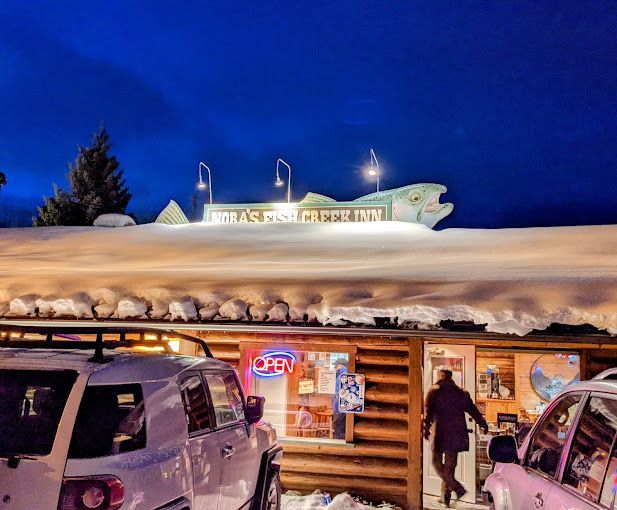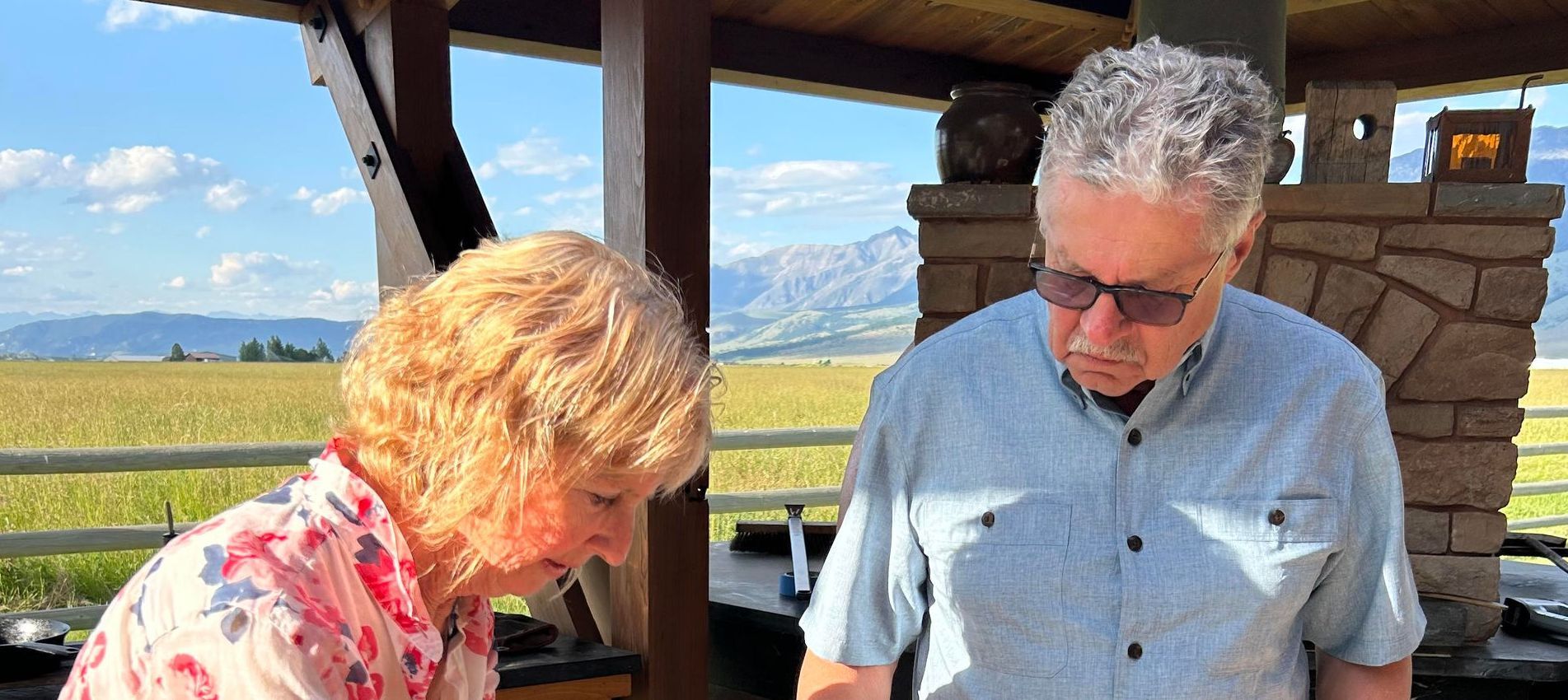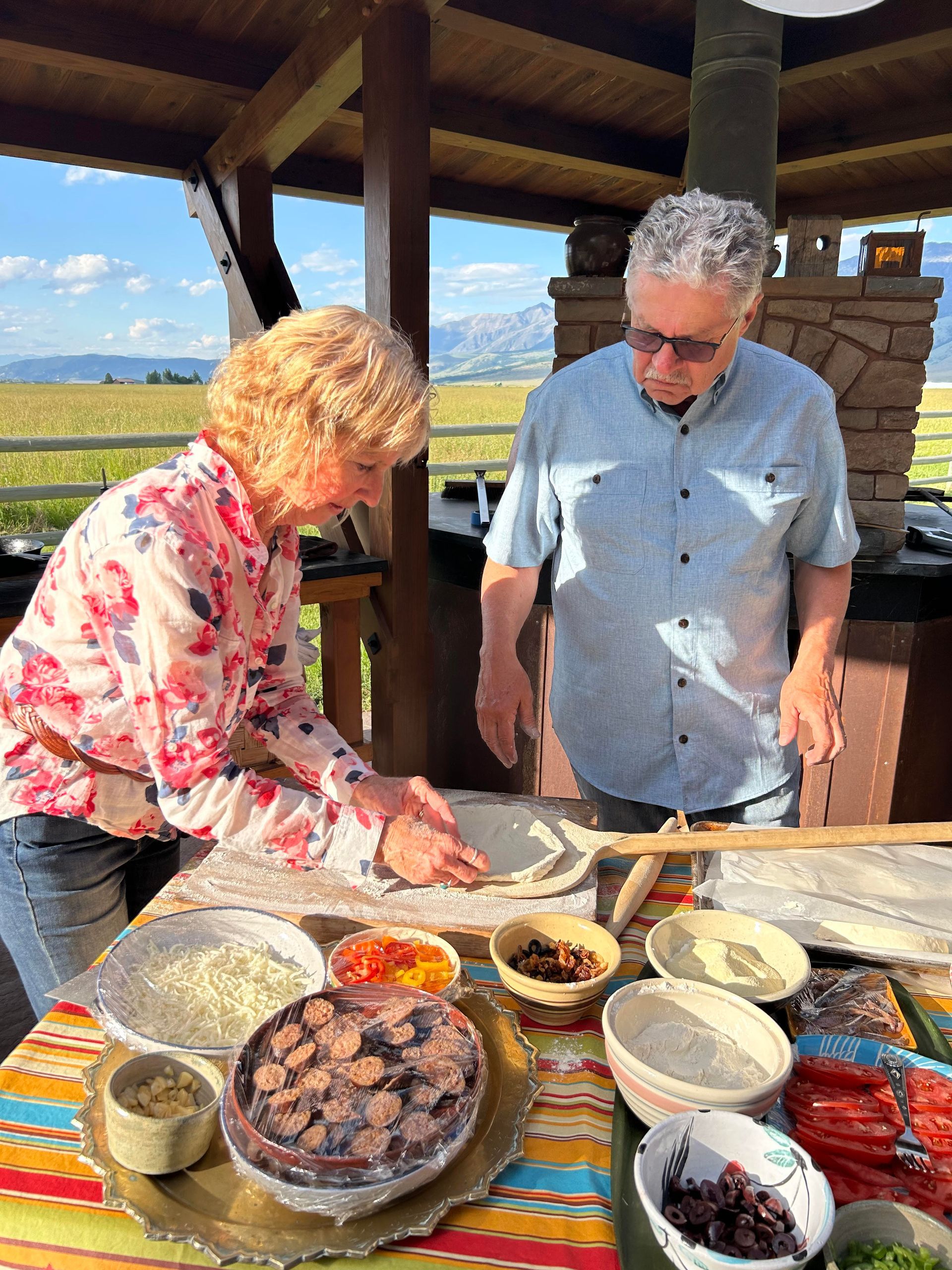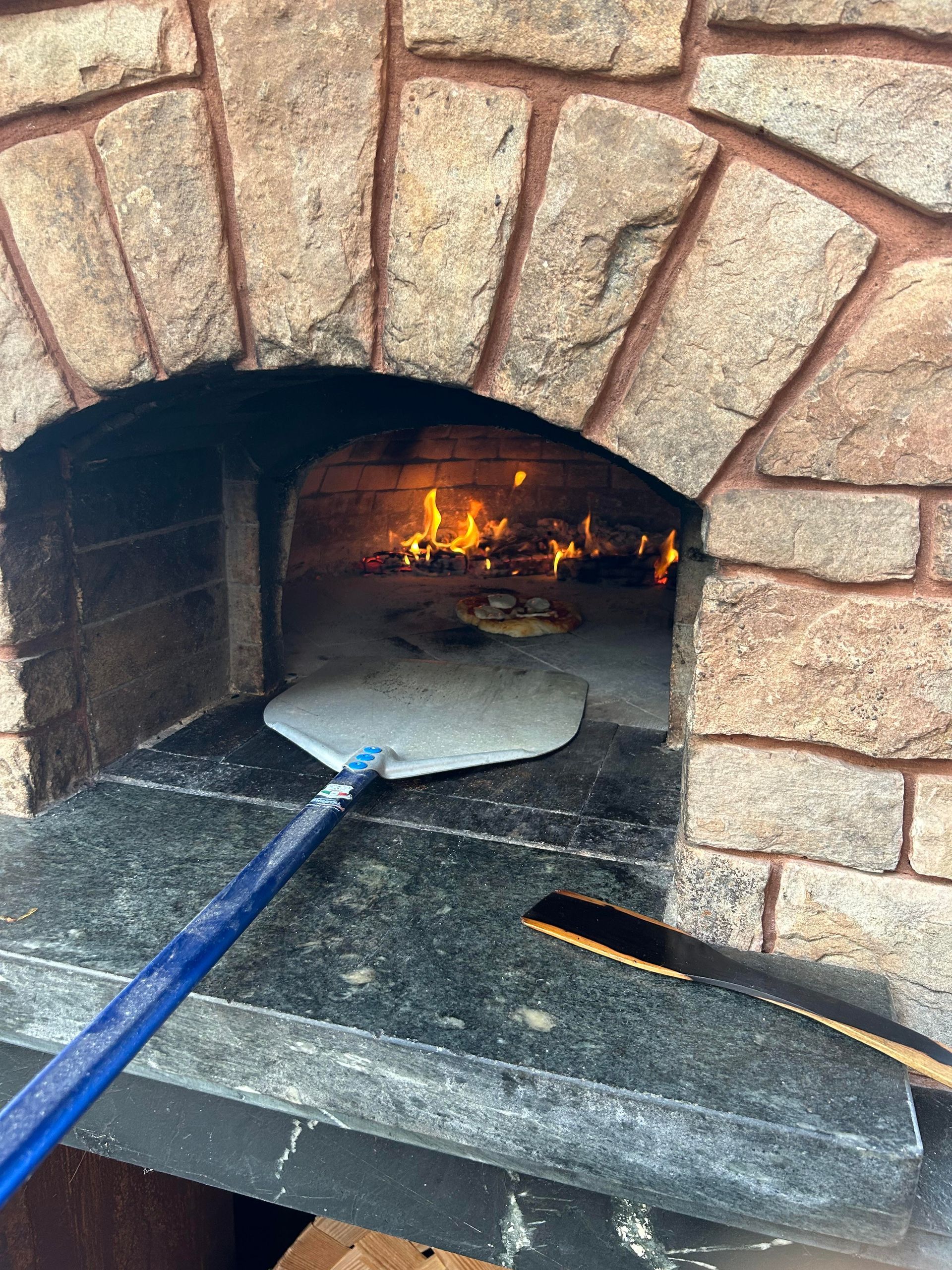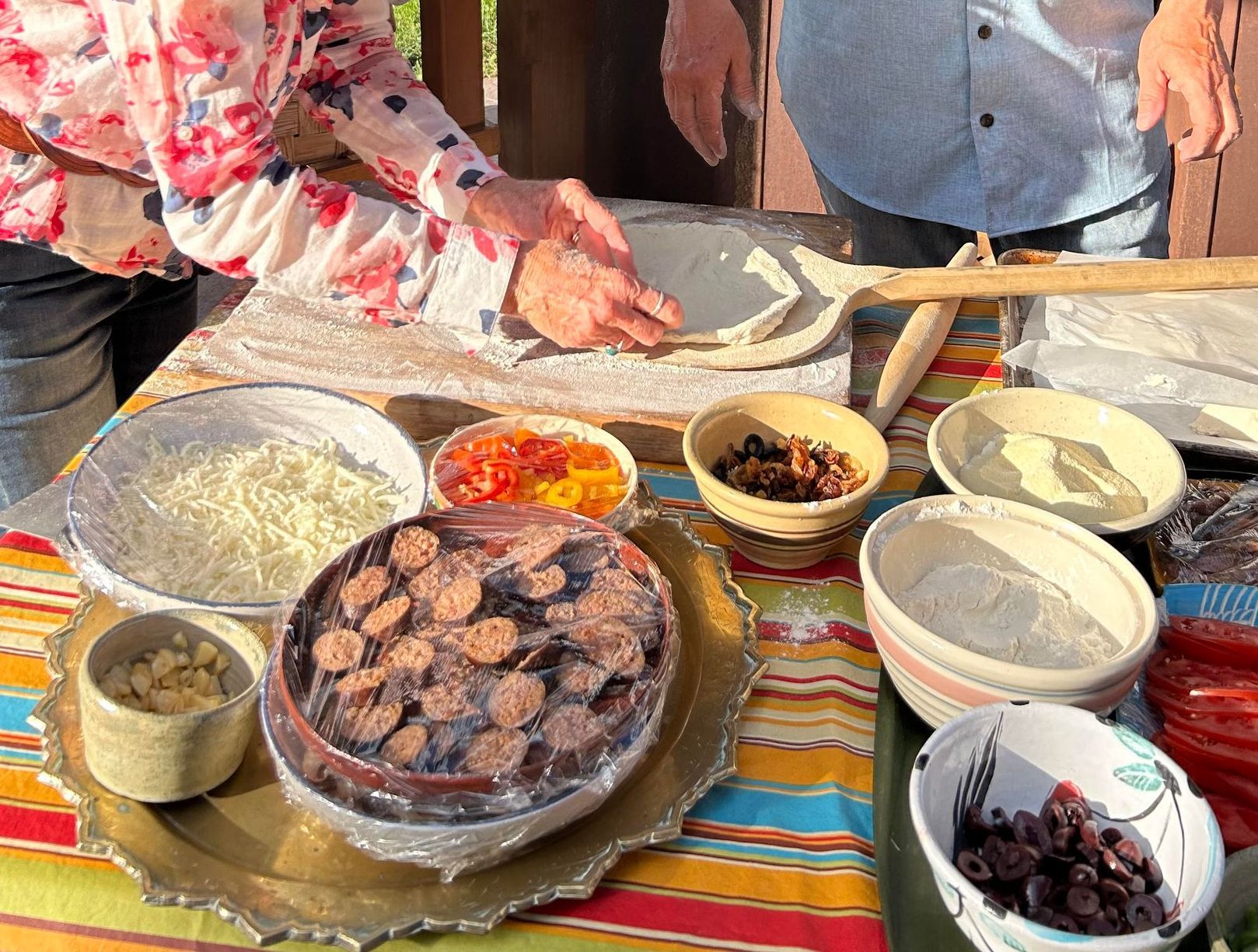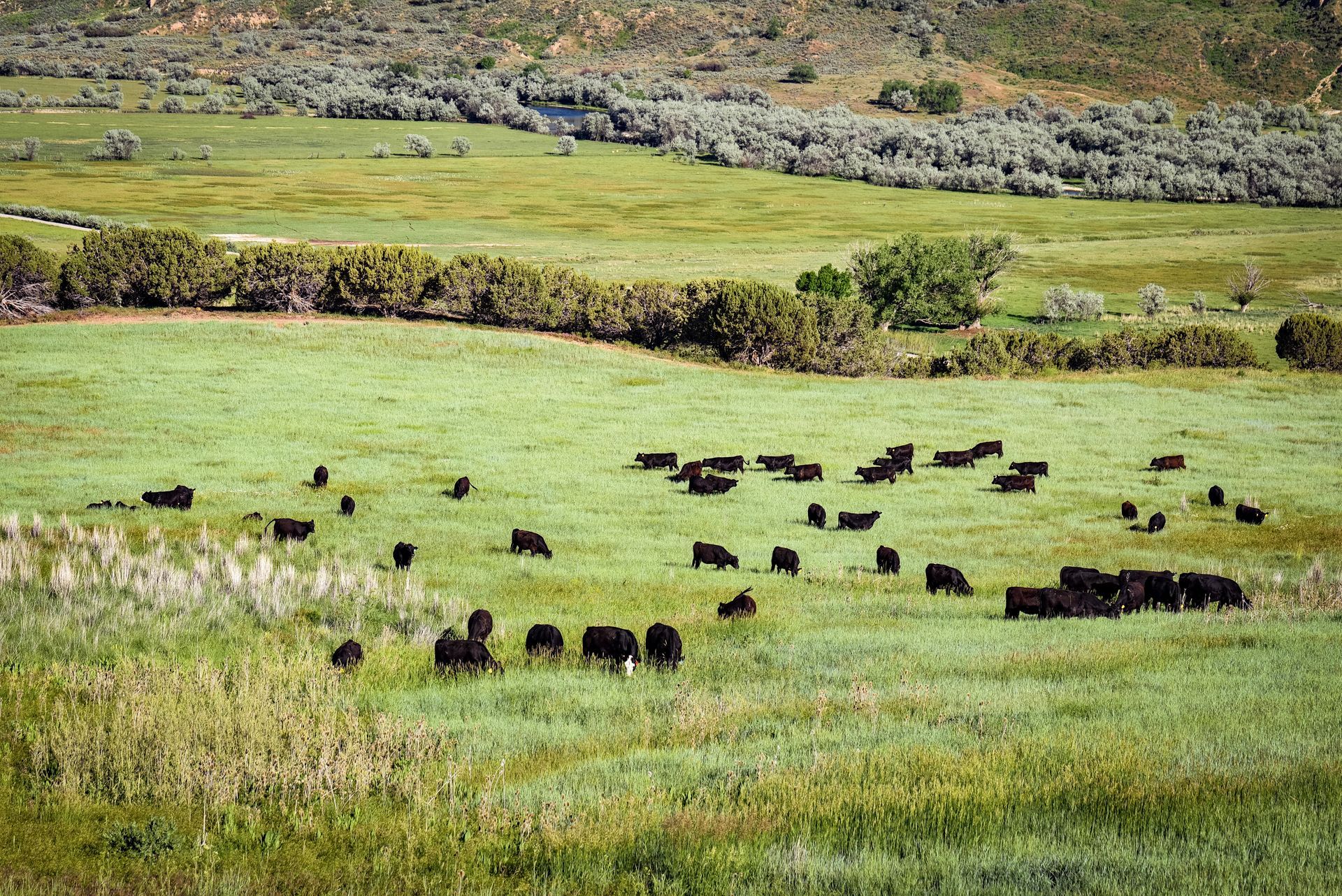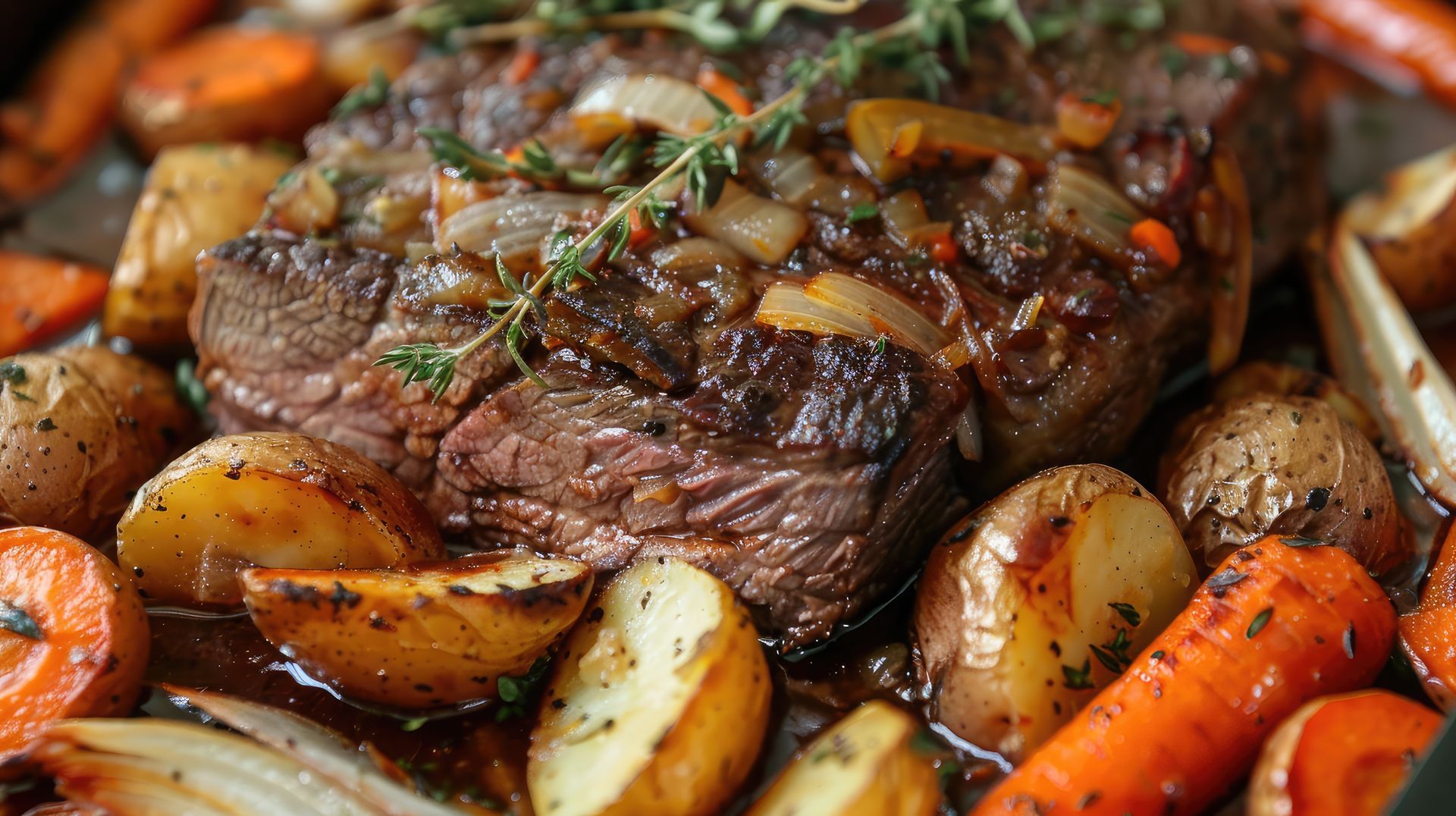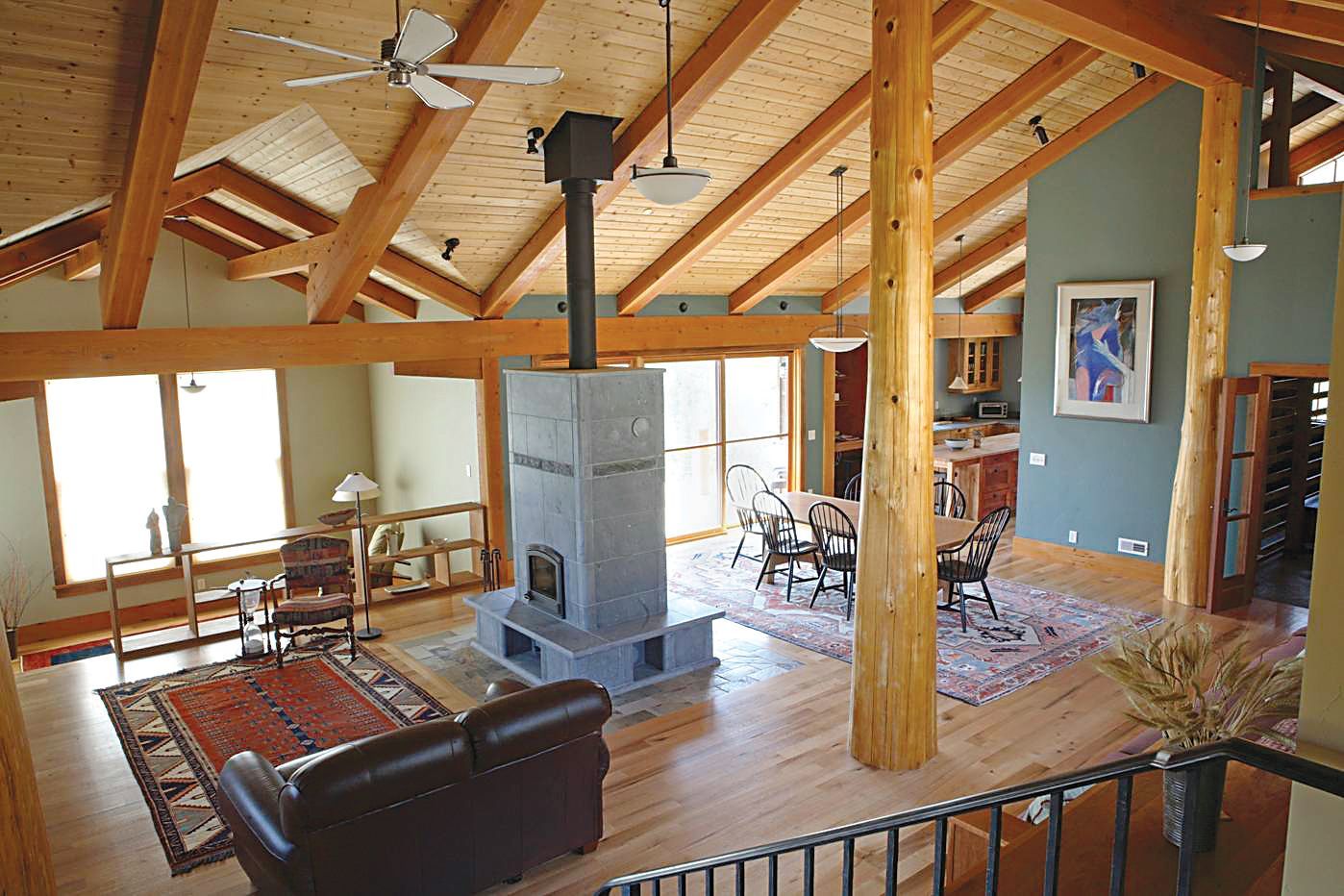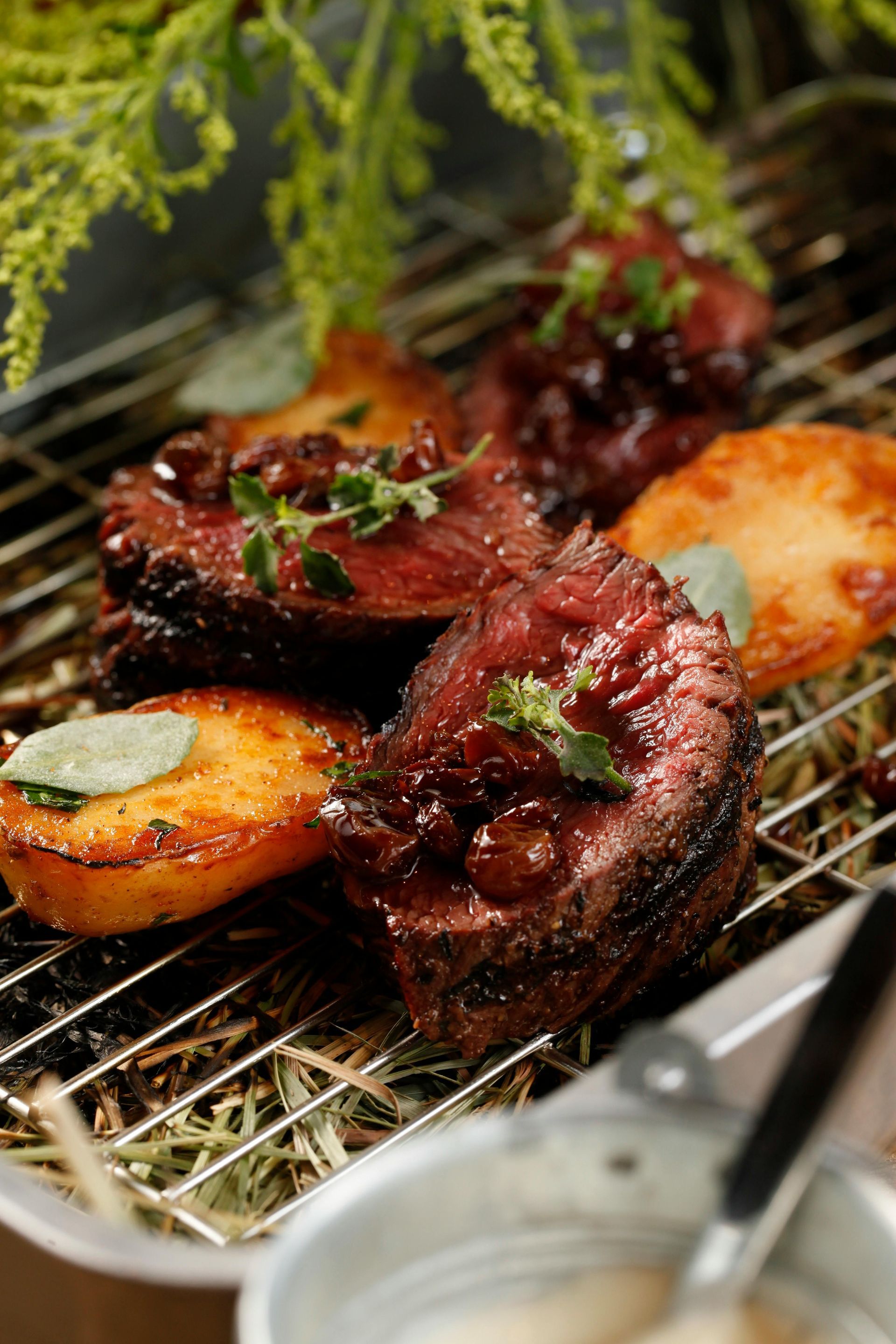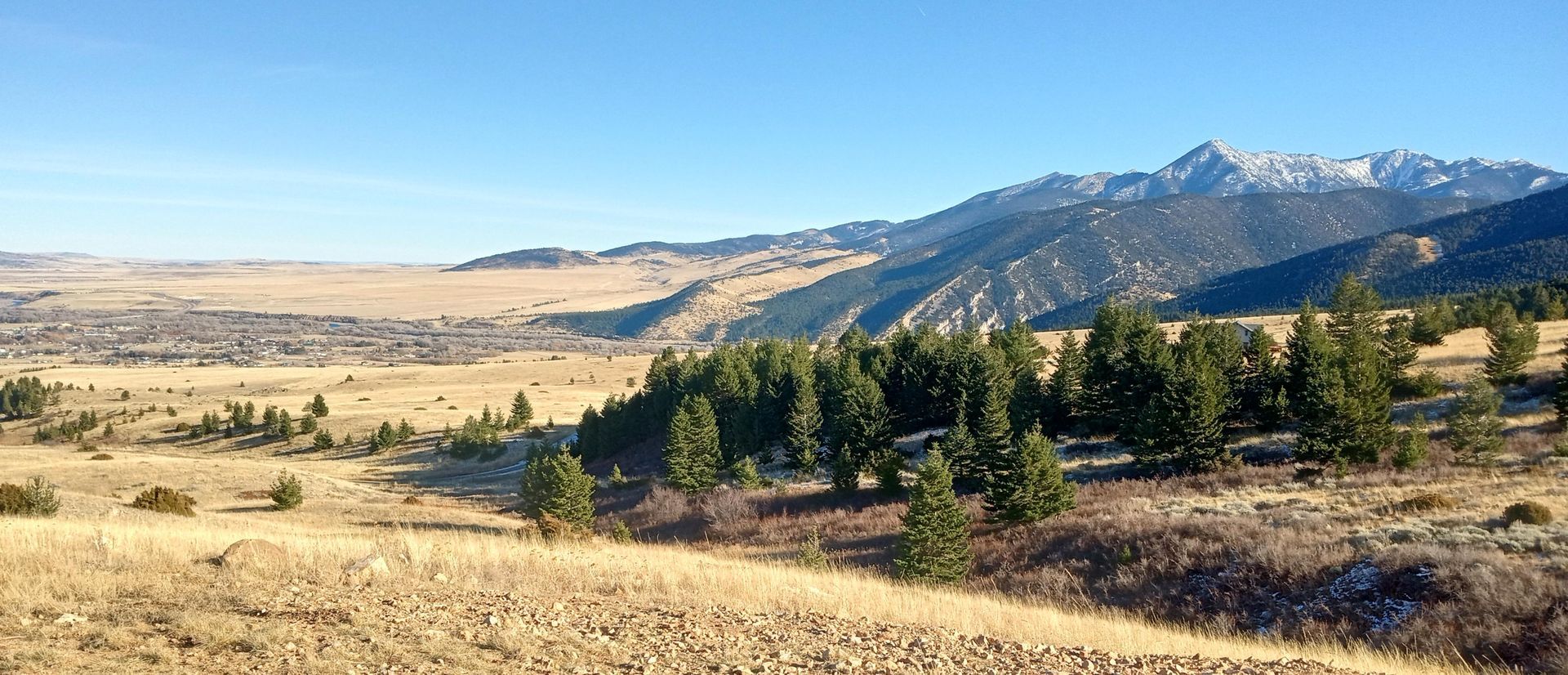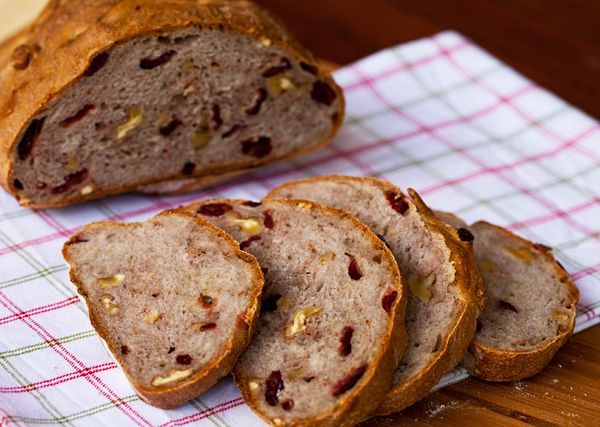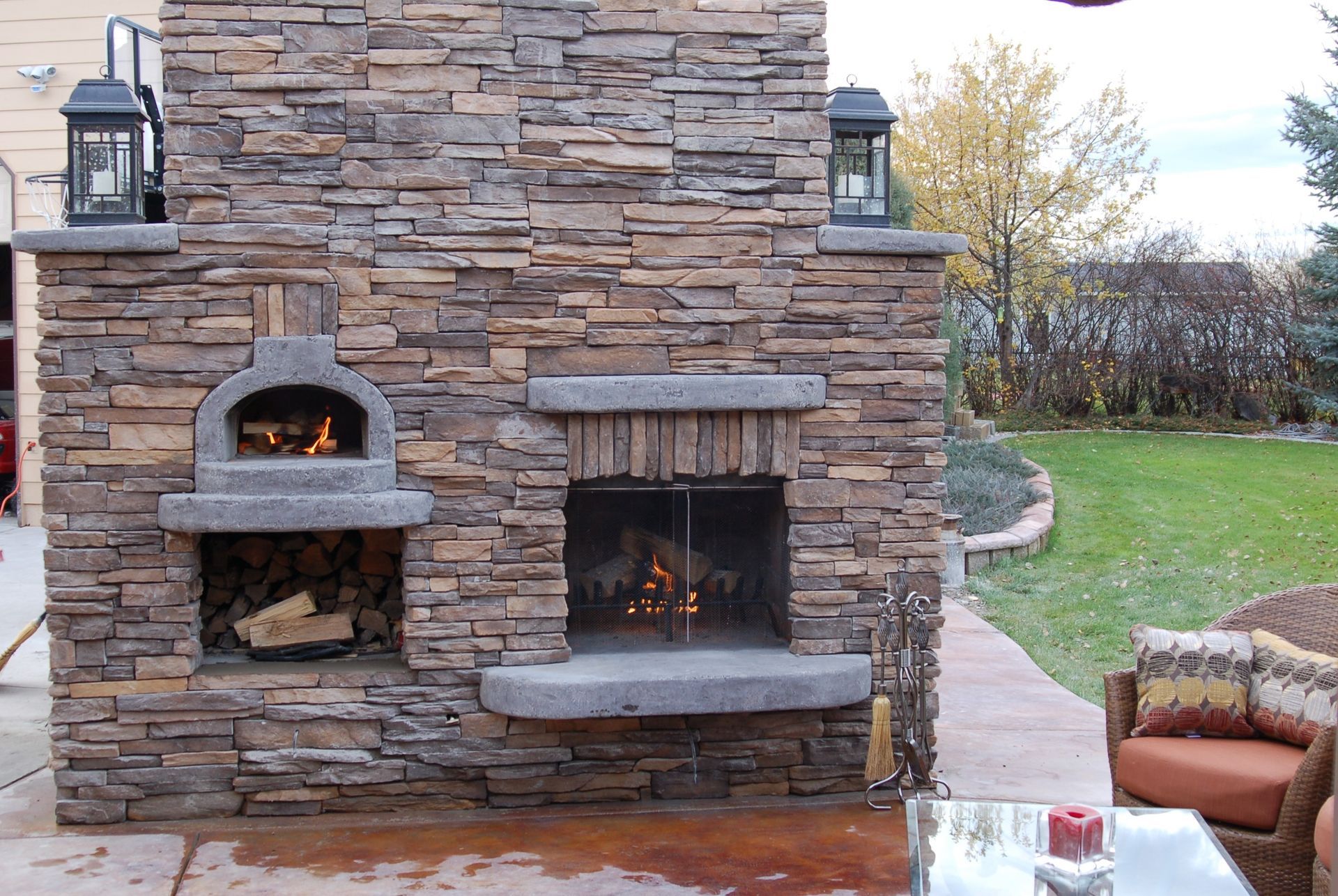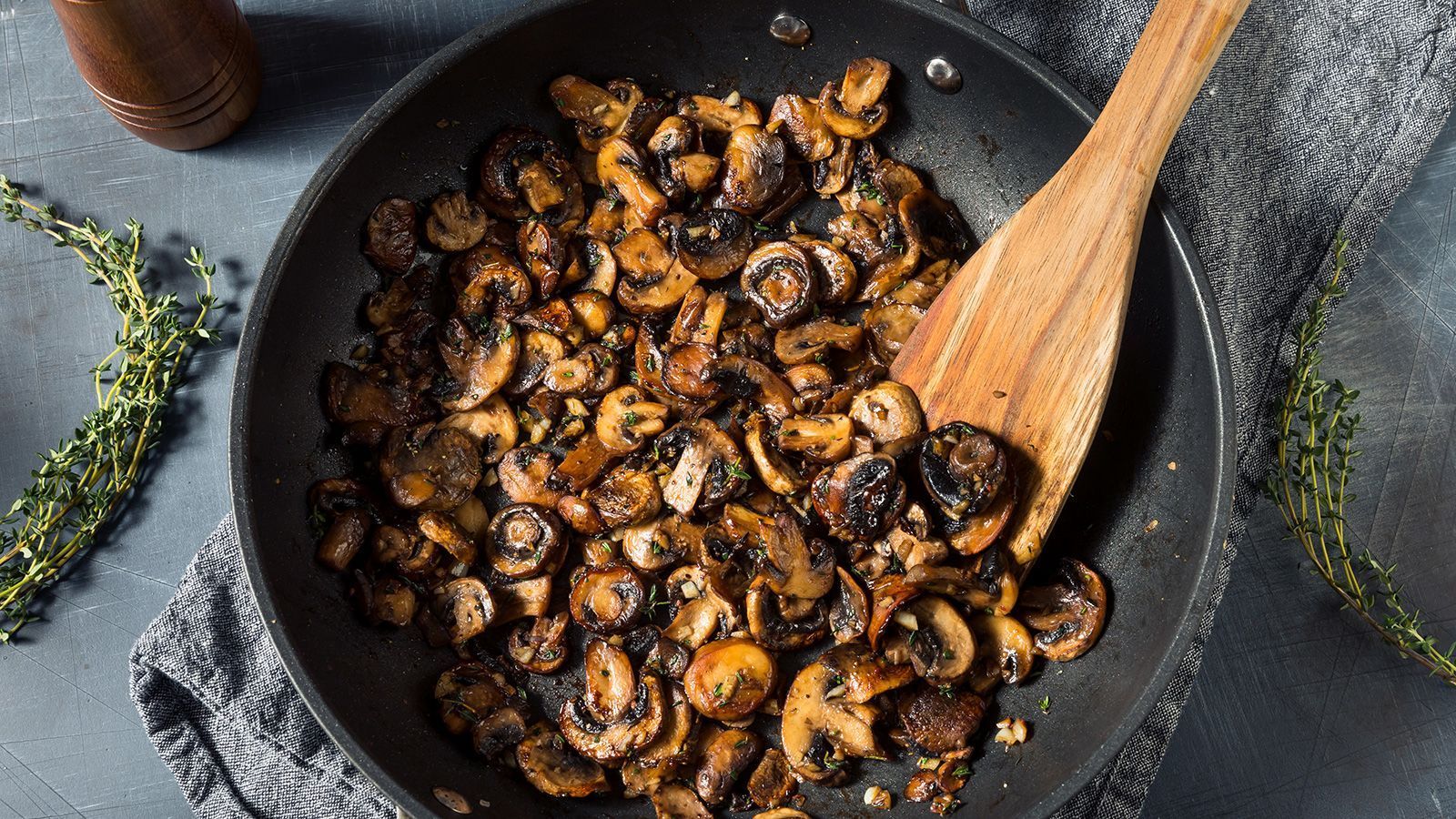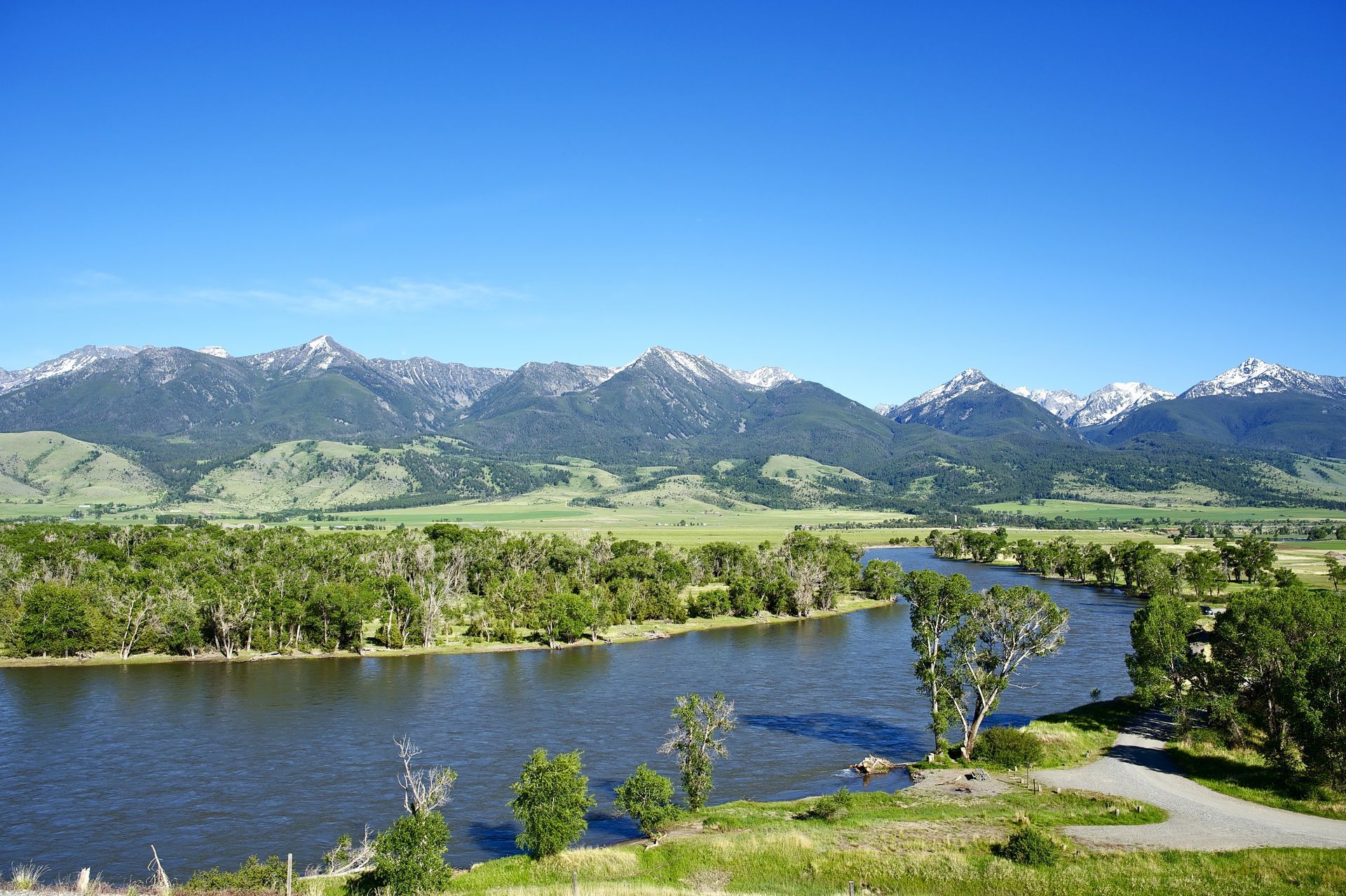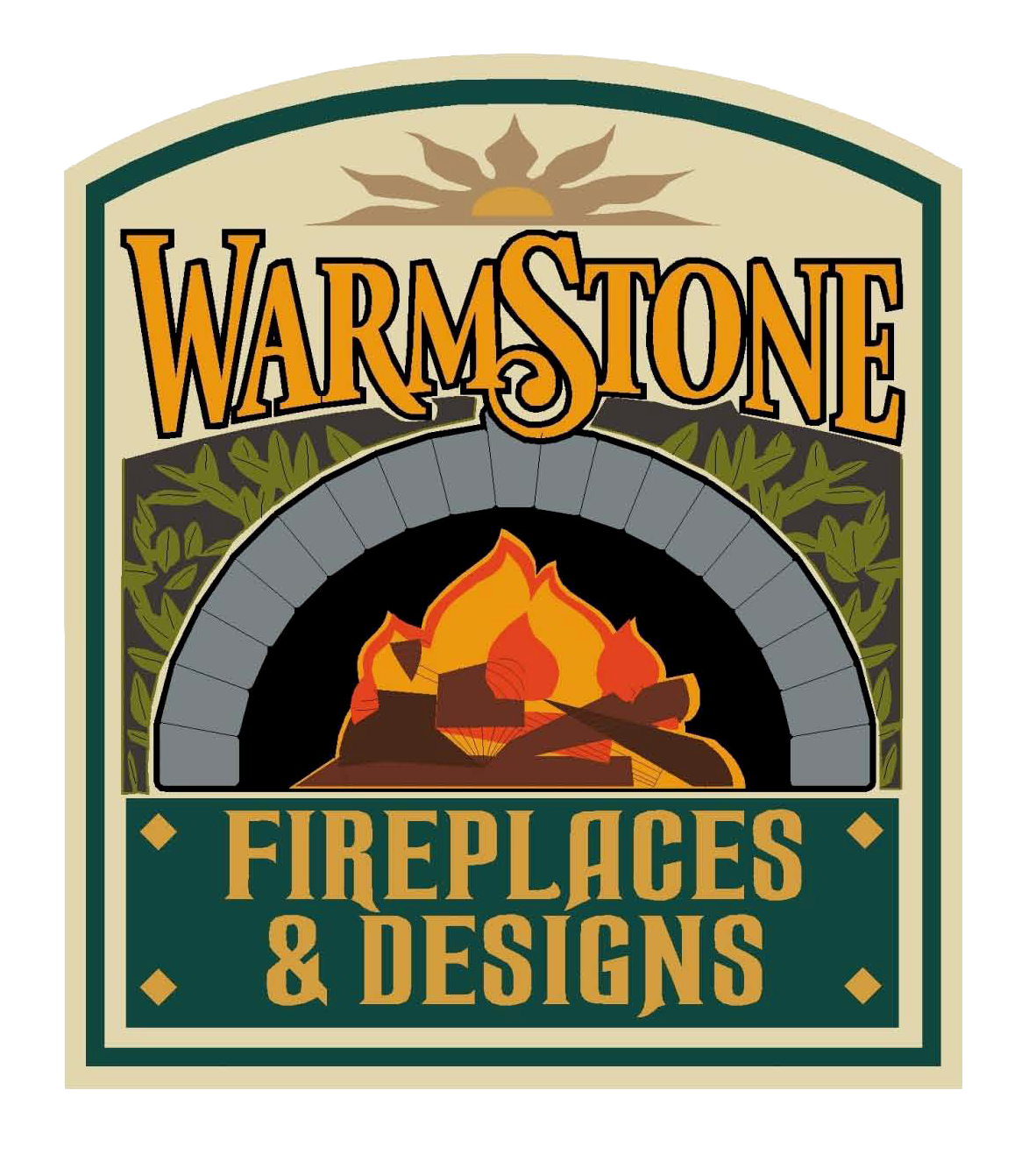An evening with friends, family and food. A creative pizza gathering under the big sky of Paradise Valley Montana. Ron’s new bake oven is a beautiful labor of love, framing a view that could relax anyone—large, grassy fields stretch out to the north of their property with the Absaroka Mountains to the east, the Gallatin Range to the west, and no neighbors close by.
customer spotlight
July in Paradise
It was a lovely and sunny early July evening at Desiree and Ron Pihl’s home in Paradise Valley, about 30 minutes south of Livingston, Montana. The Pihls’ promise of homemade bakeoven pizza lured old friends to their lovely backyard in anticipation. The outdoor temperature was ideal, and after a breezy spring and early summer, there was only a whisper of wind, if there was any at all.
I’ve made and baked pizzas with Ron in the bakeoven of a Tulikivi soapstone masonry heater before, enjoying the process and the savory outcome. But this time, the culinary star was a custom outdoor bakeoven that Ron designed and built on his property. The Pihl family appreciates cooking and baking on their covered patio several months of the year. It is a beautiful labor of love, framing a view that could relax anyone—large, grassy fields stretch out to the north of their property with the Absaroka Mountains to the east, the Gallatin Range to the west, and no neighbors close by.
When completing a home project, taking your time helps balance work demands with homelife. The entire project, including the cement patio, oven, and timber-frame roof situated to protect grills and prep areas on either side of the oven, took two years and three months to complete. The oven and its rockwork opening took about three months to complete.
“The Pihl family appreciates cooking and baking on their covered patio several months of the year. It is a beautiful labor of love, framing a view that could relax anyone—large, grassy fields stretch out to the north of their property with the Absaroka Mountains to the east, the Gallatin Range to the west, and no neighbors close by.”
About the Bake Oven
The bakeoven’s interior cooking space is 36″, while the exterior is 50″ in diameter. A substantial 4.5″ of insulation, including two 1″ layers of Superwool high-temp ceramic wool and two 1″ layers of perlite insulation mixed with Portland cement, is underneath the bakeoven floor and sandwiched between the inner and outer walls of the dome-shaped oven. Ron cautioned, “A lot of times people don’t use enough insulation in home-built ovens and then they wonder why it doesn’t hold heat.”
When starting with a cold oven, Ron removes the oven door and builds a fire in the center of the bake chamber about four to five hours before it’s time to bake. He typically uses sixty or more pounds of wood, feeding the fire three or four times. Ron often uses a combination of cottonwood and fir when heating the oven, but when there is food in the oven, he adds hardwood like recycled oak or local apple and chokecherry.
When he thinks the oven heat is climbing to pizza-baking temperatures, Ron points a handheld infrared thermometer gun at the oven floor. If it isn’t quite hot enough to bake—700-725 degrees Fahrenheit is ideal—he builds a small fire in the back and pulls coals forward to the center of the bakeoven floor to “soak.” Ron then sweeps the coals to the back of the oven and checks the temperature again. As he’s baking, especially if he’s baking a lot of pizzas and the oven cools down too much, he simply adds wood to the coals in the back of the stove to reignite, rakes them forward, and waits a bit for the temperature to increase. A quick sweep to the back of the oven, then it’s game on.
Guests create their own pizza by hand (literally)
Desiree made the pizza dough and later demonstrated the art of patting out the dough on a board covered with fine semolina flour, stretching it thin and finishing with a thicker rim. Ron and Desiree made the tomato sauce and assembled platters and bowls of salami, sausage, mozzarella, vegies, garlic, and herbs.
The best pizza party involves attendees in the creative process. Each guest flattened a dough ball into a circular shape with their fingers, moving it onto the pizza peel, where they adorned it with sauce and their favorite toppings. We practiced transferring our personalized pizzas into the oven using the long-handled peel and the all-important wrist flick.
The same tool is used to slide under an edge of the pizza while it’s baking, and with a quick jerk, to rotate it to ensure even baking. In an oven this hot, it only takes 2-4 minutes to bake. The pizzas were delicious—the crust perfect.
Desiree said that when Ron fires up the bakeoven at the onset of a weekend at home that they often bake a few meals in the outdoor oven, capitalizing on the residual heat that lingers because of the insulation. To preserve heat for the next day, he places a piece of Superwool between the uninsulated door and the oven opening.
For sweltering hot days like we’ve been having in Montana this July—into the mid-90s for several days—not having to use your kitchen oven is a wonderful way to keep your house cooler.
“The best pizza party involves attendees in the creative process. Each guest flattened a dough ball into a circular shape with their fingers, moving it onto the pizza peel, where they adorned it with sauce and their favorite toppings. We practiced transferring our personalized pizzas into the oven using the long-handled peel and the all-important wrist flick.”
Ron’s award winning oven
We were not the only people to think Ron’s bakeoven was special. He was awarded third place in the Masonry Heater Association of North America’s Bakeoven Category of the 2024 Design Contest. See https://www.facebook.com/share/p/CKtypr6rdqVaKqnF/.
Over the years, Warmstone Fireplaces and Design has designed and built about a dozen specialized bakeovens for clients. Including Tulikivi fireplaces with ovens, the number of bakeovens installed by Ron and his team jumps to several hundred. Contact Ron if you are interested in the design and installation of your own bakeoven. Cooking your own food in a wood-fired oven is very rewarding!
You can also build your own using kits. Ron recommends Forno Bravo. Mother Earth News recently published an article about building a cob pizza oven, which is a good beginner bakeoven project. (See the August/September 2024 issue.)
However you create your own backyard oven, it’s a worthy project that you’ll enjoy for years to come. Plan on throwing a few pizza parties. If you’re new to your neighborhood, it’s a great way to make new friends. And if you have resided on your property for years, invite old friends and they’ll marvel at your outdoor cooking ability again and again. The secret, of course, is the bakeoven.
Karen Reinhart has published books and articles about the natural and cultural history of Yellowstone National Park and the surrounding area since 1999. She has written articles for Warmstone Fireplaces and Designs since 2001.
